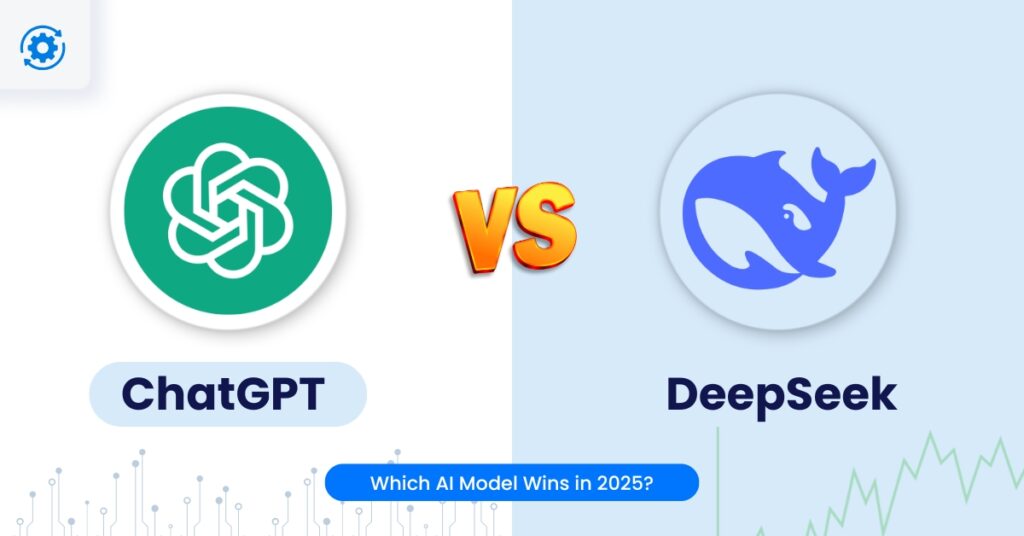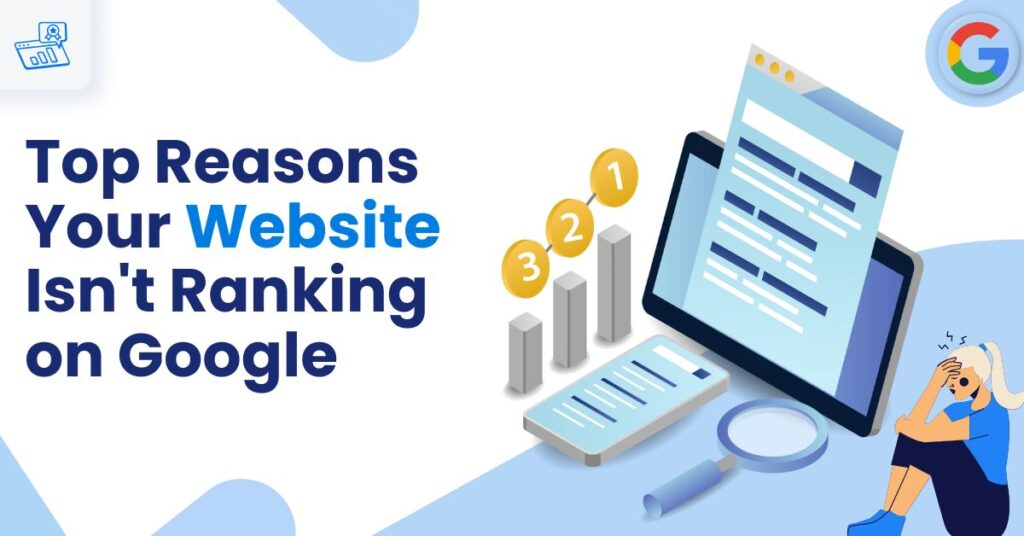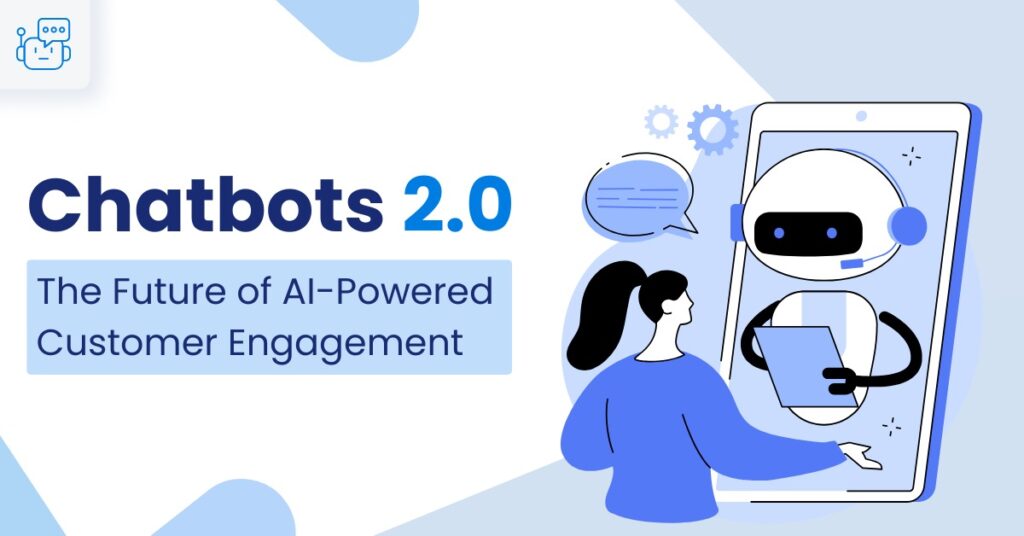Artificial intelligence has made remarkable leaps in recent years, but 2025 marks a particularly exciting moment. Two standout models are battling for dominance in the minds of developers, businesses, and tech enthusiasts: ChatGPT, developed by OpenAI, and DeepSeek, a powerful open-source alternative with a growing reputation in multilingual reasoning and technical precision.
In this blog, we explore the origins and evolution of these two models, break down their features, analyze their performance, compare their strengths across real-world use cases, and help you decide which one fits your specific needs best. We’ll also dive into areas like pricing, customization, and accessibility. If you’re a business owner, developer, researcher, or digital marketer, this comprehensive guide is for you.
Overview of ChatGPT and DeepSeek
ChatGPT (OpenAI)
ChatGPT is the result of years of innovation by OpenAI, a company known for pioneering human-AI interaction. From its early GPT-2 and GPT-3 days to the advanced GPT-4.5 architecture available via ChatGPT Plus in 2025, it has matured into a multi-functional AI assistant. Today, ChatGPT powers everything from personal productivity tools to enterprise automation solutions.
Key highlights include:
- Natural, human-like conversation flow
- Strong contextual memory and reasoning abilities
- Integrated tools like Code Interpreter, DALL·E, and real-time browsing
- Access via web app, API, mobile, and enterprise platforms
DeepSeek
DeepSeek is a rising star in the AI landscape, especially among academics and open-source communities. Unlike many proprietary models, DeepSeek was built with openness, multilingual capability, and structured problem-solving in mind. It’s widely respected for its performance in logic-heavy tasks, mathematical reasoning, and multilingual content generation.
What makes DeepSeek unique:
- Open-source architecture
- Focus on reasoning, logic, and multilingual fluency
- Strong community and academic support
- High performance in research and developer environments
Performance & Accuracy
Both models demonstrate impressive capabilities, but they approach performance from different angles.
ChatGPT thrives in creative, open-ended conversations. Whether you’re brainstorming, automating workflows, writing emails, or building interactive apps, it handles context beautifully. The integrated tools (like Code Interpreter) add extra depth, allowing for on-the-fly calculations, code execution, and visualizations.
DeepSeek, in contrast, excels in structured problem-solving. Its logic and mathematical precision make it ideal for technical documentation, solving academic problems, or generating code with minimal error. It’s especially favored by non-English users due to its fluency and accuracy in diverse languages.
Key benchmark areas include:
- Reasoning & logic tests: Both perform well, with DeepSeek slightly edging out in math-heavy benchmarks.
- Natural language understanding: ChatGPT generally produces more conversational and engaging language.
- Programming task completion: ChatGPT offers a better coding UX, while DeepSeek outputs more compact, logically sound code in structured environments.
Use Cases & Applications:
1. Customer Support
ChatGPT provides a nuanced, emotionally intelligent approach to customer service. It can recall user preferences, understand tone, and respond empathetically—perfect for businesses that prioritize customer relationships. Integrated with tools like Zendesk or Salesforce, it automates responses while keeping interactions human.
DeepSeek handles structured support well. Think of it as your go-to for ticketing systems, multilingual chatbots, or straightforward FAQ handling. It may not provide the same emotional depth as ChatGPT, but it excels at accuracy, especially across different languages.
What to use : ChatGPT is better for human-like, empathetic conversations. DeepSeek suits multilingual or highly structured customer support needs.
2. Code Generation
With its Code Interpreter and smart debugging tools,
ChatGPT is a developer’s companion. It helps write, correct, and even execute code. From HTML to Python, it supports a broad range and understands abstract prompts with surprising accuracy. It’s ideal for web development, script generation, and teaching code.
DeepSeek, on the other hand, appeals to seasoned developers working on mathematical or algorithmic tasks. It is consistent, logical, and often more efficient in code output, especially when dealing with academic or research-level problems.
What to use: Choose ChatGPT for general coding tasks and prototyping. Opt for DeepSeek for technical programming and logical consistency.
3. Multilingual Communication
While ChatGPT supports dozens of languages and provides usable translations and conversations in non-English formats, its fluency still tilts toward English. That said, it performs well in business communication, marketing messages, and email drafting across various global languages.
DeepSeek was built with multilingualism as a core principle. Its performance in Chinese, Japanese, Korean, Spanish, and other non-English languages is exceptional. It maintains tone, grammar, and context even in technically complex documents.
What to use: ChatGPT is strong in English-first environments with occasional foreign language needs. DeepSeek is the better choice for teams working predominantly in non-English languages.
4. Academic and Research Work
ChatGPT is an excellent assistant for researchers looking to brainstorm ideas, summarize articles, write papers, and organize data. It supports citations and formatting, making it a reliable aid for both students and professionals. Its conversational nature makes it easy to understand and interact with, even when working through complex topics.
DeepSeek is all about precision. In academic and research settings, where technical accuracy, formulae, and multilingual scientific communication matter, DeepSeek performs with commendable clarity. Its open-source nature allows researchers to fine-tune it to specific domains or data sets.
What to use: Use ChatGPT for creative, writing-heavy research support. Use DeepSeek when you need accuracy, multilingual delivery, or want to train the model on niche academic content.
Customization & Integration
ChatGPT supports custom GPTs, plugins, and API integrations. Businesses can create branded AI assistants, embed ChatGPT in their apps, and use its tools to enhance workflows. It integrates well with platforms like Slack, Google Docs, and Microsoft Teams.
DeepSeek is open-source, making it a favorite for developers and academic institutions. You can train, tweak, and deploy it as you see fit. While it lacks a polished plug-and-play interface, its flexibility makes it suitable for custom research or AI-powered backend systems.
Pricing & Accessibility
ChatGPT runs on a freemium model. The free tier offers access to GPT-3.5, while GPT-4.5 is available via the Plus plan (around $20/month). There are enterprise licenses for businesses looking for large-scale deployments.
DeepSeek is generally free, open-source, and community-driven. While some providers might charge for hosting or support, the model itself is accessible to anyone who wants to deploy it.
Strengths & Limitations
ChatGPT Strengths
- Smooth user experience
- Versatile tools and integrations
- Great for writing, business, and creative tasks
- Enterprise-ready features
DeepSeek Strengths
- High accuracy in logical and technical tasks
- Exceptional multilingual support
- Open-source and customizable
Limitations
- ChatGPT: Some guardrails limit experimentation. Less customizable.
- DeepSeek: Not as user-friendly. Requires technical know-how to set up and use effectively.
Conclusion:
There’s no absolute winner here—just a better choice depending on your use case.
- Go with ChatGPT if you want a polished, intuitive experience that balances creativity, logic, and powerful integrations. It’s ideal for digital marketers, business professionals, educators, and developers who want a reliable, premium tool.
- Choose DeepSeek if you’re a developer, academic, or AI researcher looking for open-source control, strong multilingual performance, and logical accuracy.
In fact, many users might find using both tools side by side the best of both worlds: ChatGPT for interaction and workflow, DeepSeek for technical and domain-specific tasks.
As we enter a new era of AI-powered productivity, understanding which model serves your needs better is crucial. And if you’re building your tech stack, content strategy, or support systems around AI, picking the right foundation matters.
Looking for AI-powered growth?
If you’re a business looking to supercharge your brand, content, or customer engagement with AI tools like ChatGPT or DeepSeek, we can help. At Gravitas, we offer tailored digital marketing services in Hyderabad designed to integrate cutting-edge AI into your marketing strategies.
Whether you’re building multilingual campaigns, automating customer journeys, or experimenting with AI-generated content, let’s collaborate to bring your vision to life.
Frequently Asked Questions
ChatGPT by OpenAI has enterprise-grade security features and complies with data privacy regulations like GDPR. User data is anonymized and not used to train models unless opted in. DeepSeek, being open-source, gives you full control over data handling and hosting, making it ideal for those who want to manage data locally or within private infrastructure.
ChatGPT offers APIs and enterprise SDKs for integration into CRMs, support systems, and internal tools. DeepSeek, while not plug-and-play, can be integrated into custom stacks with some development effort. It’s more suited for organizations with in-house engineering resources.
Businesses dealing with multilingual audiences, academic publishing, or needing local hosting often find DeepSeek better aligned with their needs. Meanwhile, ChatGPT fits better for customer service, content creation, and real-time communication platforms.
ChatGPT supports image generation via DALL·E and other multimodal tools in premium versions. DeepSeek is primarily text-focused, though developers can extend it by integrating with external image/video generation tools in custom applications.











